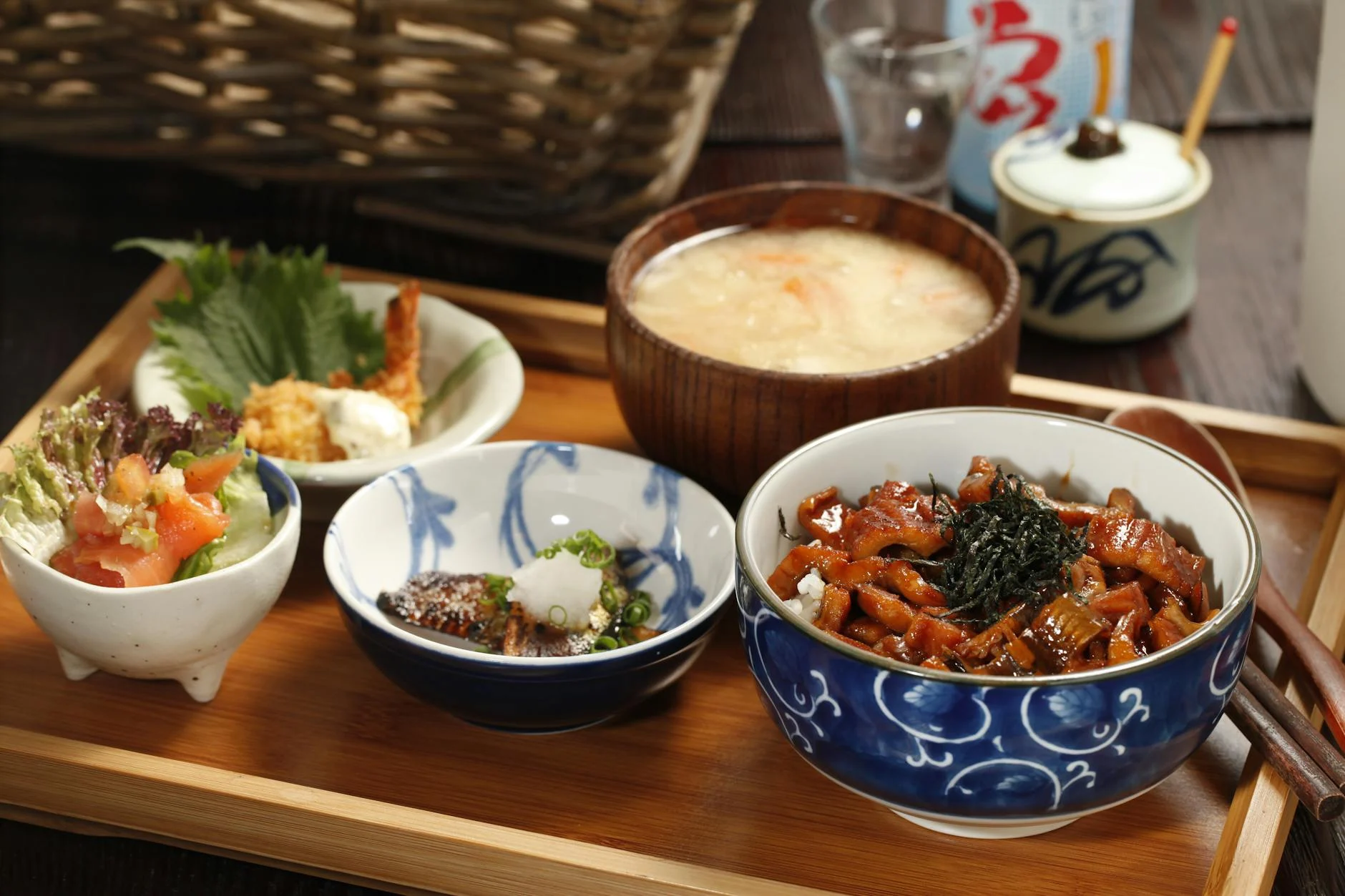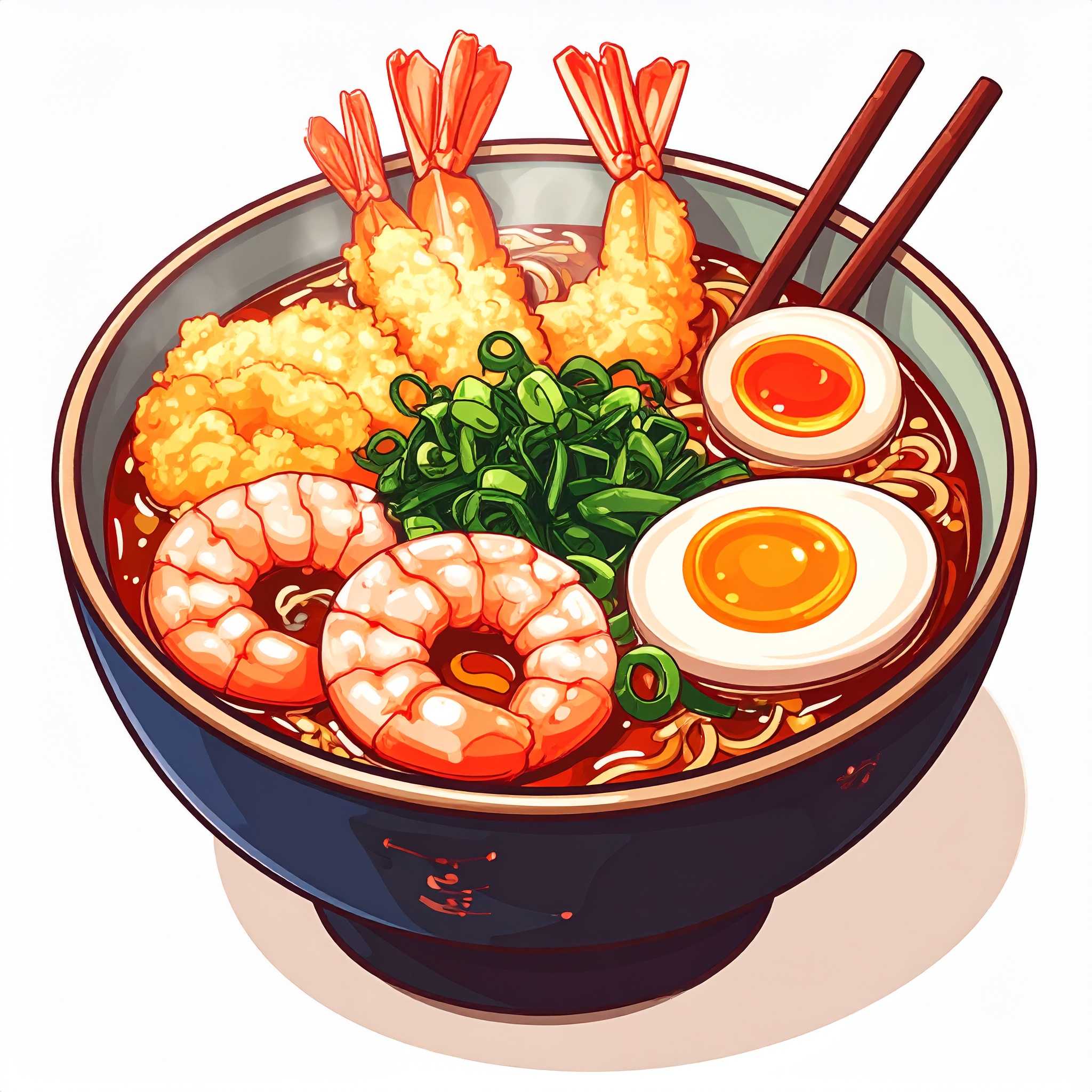Within the landscape of Japanese cuisine—alongside the globally recognized categories of sushi, tempura, and sukiyaki—there exists a quieter, more refined stage: kappo. Neither as formal as a ryotei, nor as casual as an izakaya, kappo offers an immersive experience where the artistry of seasonal cuisine unfolds before you in real time. It is not merely a place to dine, but a uniquely Japanese cultural encounter where the line between chef and guest is drawn close, yet respectfully maintained.
At the heart of kappo lies an attitude of reverence toward the act of cooking and serving. The clarity of the dashi, the aesthetic precision in plating, the harmony between dish and vessel—each is a deliberate gesture, carefully choreographed over the course of the evening. What unfolds is not just a meal, but a performance shaped by timing, balance, and deep cultural awareness.
Upon entering a kappo establishment, one is struck by its silence. There is calm, clarity, and composure. The counter, often made of polished hinoki, glows gently under subdued lighting. Decorations are minimal; distractions, absent. Between chef and guest exists a respectful distance—physically close, emotionally balanced. Without exchanging words or glances, the guest receives what is offered, tastes, and lets the moment settle into quiet. Within that silence, there is both tension and trust.
In this setting, the chef is far more than a cook. Observing the guest’s demeanor—their tone of voice, facial expression, pace of eating—the chef intuitively adjusts the tempo and sequence of the evening. The exact sear of a fish, the subtlety of seasoning, the perfect timing for the next course—all are determined moment to moment. There is no script, no formula—only years of honed intuition and the discipline of presence.

The word kappo itself derives from two foundational culinary actions: “katsu” (to cut) and “po” (to heat). In returning to these origins, kappo cuisine does not aim to astonish, but to deeply satisfy. There is no theatrical flair—only a quiet, honest clarity. And yet, with a single bite, one may feel something stir within: a subtle, resonant emotion. It is the result of a chef’s unwavering dedication to the deceptively simple yet deeply challenging pursuit of presenting each seasonal ingredient in its most exquisite form.
In kappo, even the choice of dishware is part of the experience. Seasonal floral motifs, the textures of ceramics, the subtle gloss of lacquerware—all are selected with intention, forming a visual and tactile harmony between cuisine, vessel, space, and guest. The empty space on a plate is deliberate, leaving room for contemplation. The placement of garnishes and the moment of service are timed to align with the natural settling of temperature and aroma. Long before the first taste, the meal has already begun—inviting all five senses to participate.
For many international visitors, kappo remains a lesser-known aspect of Japanese gastronomy. And yet, those who have experienced it often speak not only of the flavor, but of the silence, the tension, and the lingering aftertaste of the atmosphere itself. Here, communication occurs without translation. The space, the gestures, the unspoken etiquette—all convey a message of quiet reverence and composure that lies at the heart of Japanese culture.

In kappo dining, the course itself is ever-changing—shaped by the season, the day’s catch, and the chef’s intuition. There may be no formal menu; instead, every dish is an expression of the present moment. The transitions of nature, the gifts of sea and mountain, even the unspoken dynamic between chef and guest—all are woven into each serving. The question is not what to serve, but how to serve it, and to whom. This is the essence of kappo. No two evenings are ever the same.
The true allure of kappo cannot be captured by flavor alone. Its richness lies in what surrounds the food: the atmosphere before and after each course, the precision of movement, the dialogue that exists without words, and the unhurried flow of time. When the meal ends, a sense of quiet lingers—not of fullness, but of having received something intangible. It is not merely taste, but presence and philosophy that leave an impression.
In a world overflowing with culinary spectacle and entertainment, kappo stands as its quiet counterpoint. Yet it is precisely in this restraint, in this finely tuned tension, that one encounters the distinct elegance and richness of Japanese culture.
For those seeking a moment of stillness—a night spent facing food with reverence rather than distraction—kappo offers a stage unlike any other. Here, luxury is not loud. It is attentive, reflective, and unforgettable.




